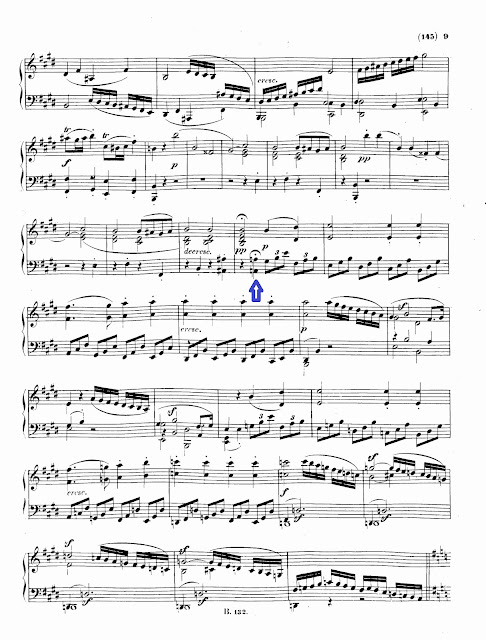DLXXVI. STRAVINSKY, Igor (1882-1971)
Abandoning the "neo-primitivist" Russian style of the big ballets of the Nineteen-teens, this work firmly belongs in the new "neo-classic" period which was to occupy Stravinsky for the rest of his life.
The critics thought it a "bad joke of 18th-century mannerisms." It was also uncomfortably "dissonant."
A century later, we can simply declare it as a masterpiece of unusually-scored chamber music -- flute, clarinet, two bassoons, two trumpets and two trombones.
First movement
The opening Lento contains the melodic and harmonic seeds of what's to follow:
Allegro moderato; the main theme:
Second movement
In a letter Ernest Ansermet, Stravinsky wrote that Mozart was for him what Ingres was to Picasso.
Hmm; a comparison is in order:
a march:
(Variation A)
a waltz:
(Variation A)
a can-can
(Variation A)
A solemn fugue in 5/8:
Third movement
The Russian circle-dance (khorovod) made previous appearances in The Firebird and Le Sacre ... here its 3+3+2 rhythm is gradually insinuated:
and made explicit here:
_Page_1.jpeg)
_Page_3.jpeg)


_Page_12.jpeg)

_Page_14.jpeg)

_Page_20.jpeg)
_Page_23.jpeg)
_Page_30.jpeg)
_Page_32.jpeg)
_Page_36.jpeg)
_Page_40.jpeg)












































